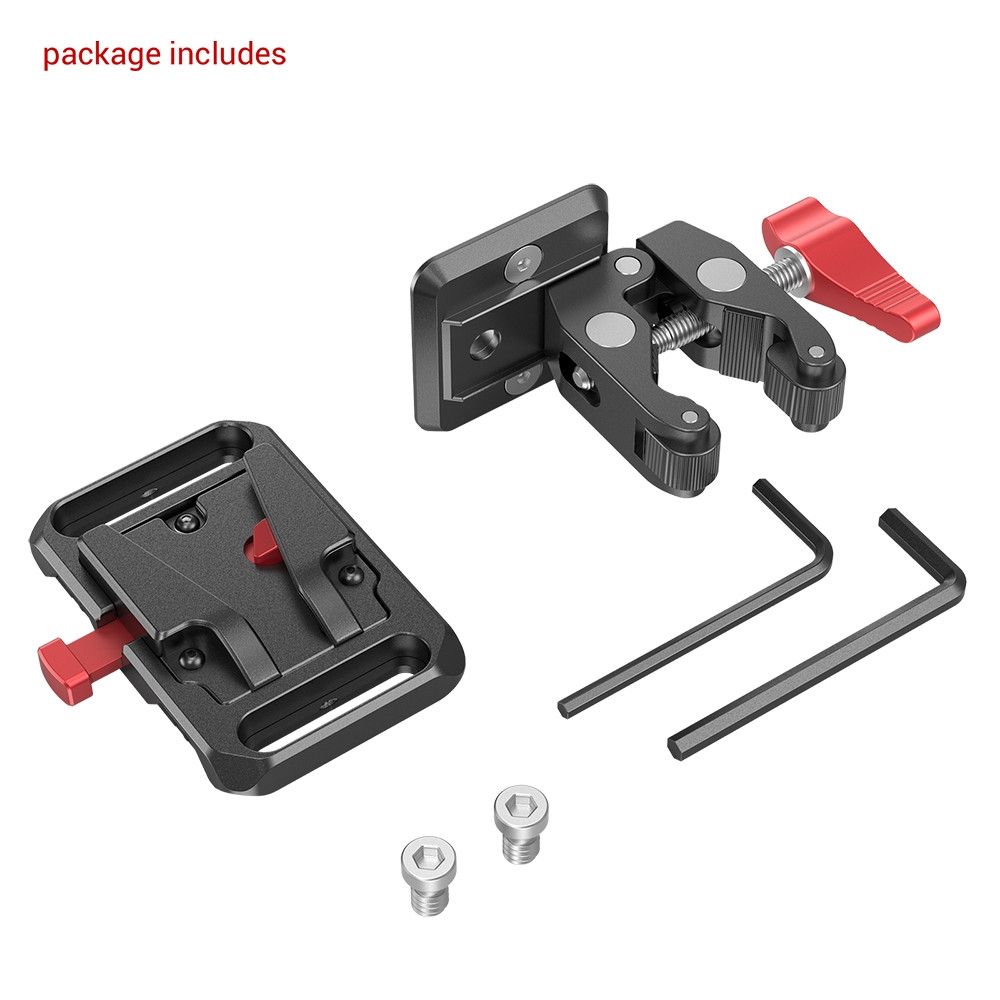

Features Glassįor reflecting teleprompters, the glass affects the quality of the readout and look of the final video. Most camera-mounted teleprompters have a threaded mount to hold a camera securely. This setup also allows people to read the teleprompter right where the camera lens is shooting, so their eyes don’t break focus with the camera in news reports or YouTube videos. With a camera-mounted teleprompter, a camera sits behind the reflecting glass and records what’s in front of it without the words or teleprompter itself showing up in the shot. To do this, camera-mounted teleprompters are the best option. The right position can make it seem like the people on camera aren’t reading lines but are instead looking directly into the lens. This makes the camera’s position important. Better still, using the teleprompter should seem effortless, as if it wasn’t even there. Teleprompters need to stay out of the shot of the camera. The key to a good teleprompter is a design that is visible to the reader and invisible to the audience. Similarly, smaller devices like smartphones may be difficult to see or read, even if the glass is large enough to fit all of the text. Larger laptops or monitors may be more difficult to fit. This means it’s easy to find a teleprompter that will fit common tablet sizes.

Most teleprompters are designed with a universal fit in mind. The width also needs to match the screen to avoid chopping off letters or whole words on the left or right side of the readout. Otherwise, it may cut off words near the top or bottom of the screen. Since the mirror sits at a 45-degree angle to the tablet or computer, it needs to cover the entire height of the computer or tablet. Ideally, the mirror should be bigger than the screen. The size of the teleprompter determines how much text appears on the screen at one time and how easy it is to read from a distance.įor standard teleprompters, the mirror is the most important factor since it reflects the screen of a computer or tablet. Unfortunately, this setup forces you to look away from the camera or crowd, meaning the audience may be able to tell you are using a teleprompter. In either case, the setup is simple: position the stand, mount the tablet/monitor, turn on the power, and go. This type of teleprompter may be as simple as a stand to hold a tablet or a dedicated monitor with a feed from a computer. The glass remains mostly invisible to the audience, and the speaker can easily see the text near the podium.Ī few basic floor teleprompters skip the glass entirely. These teleprompters are more common for public speaking events rather than video. Presidential or podium teleprompters use the same screen/mirror combination, but the frame lacks a camera mount. At the same time, a camera sitting behind the glass records the view without any obstructions. This setup allows the glass to reflect the screen’s text outward. The screen is positioned horizontally, and the glass sits above the screen at an angle. This type uses a glass panel above the screen to display the text. The most common type of teleprompter is a camera-mounted display. Some project an image onto glass, while others simply project the display from a computer monitor, tablet, or smartphone. However, the way they display the text varies depending on the type of teleprompter.

Key considerations TypeĪll teleprompters do the same thing: display text on a screen that you can read as it scrolls. If you don’t feel comfortable improvising in front of the camera, a teleprompter is perfect for recording video with a script at home.


 0 kommentar(er)
0 kommentar(er)
